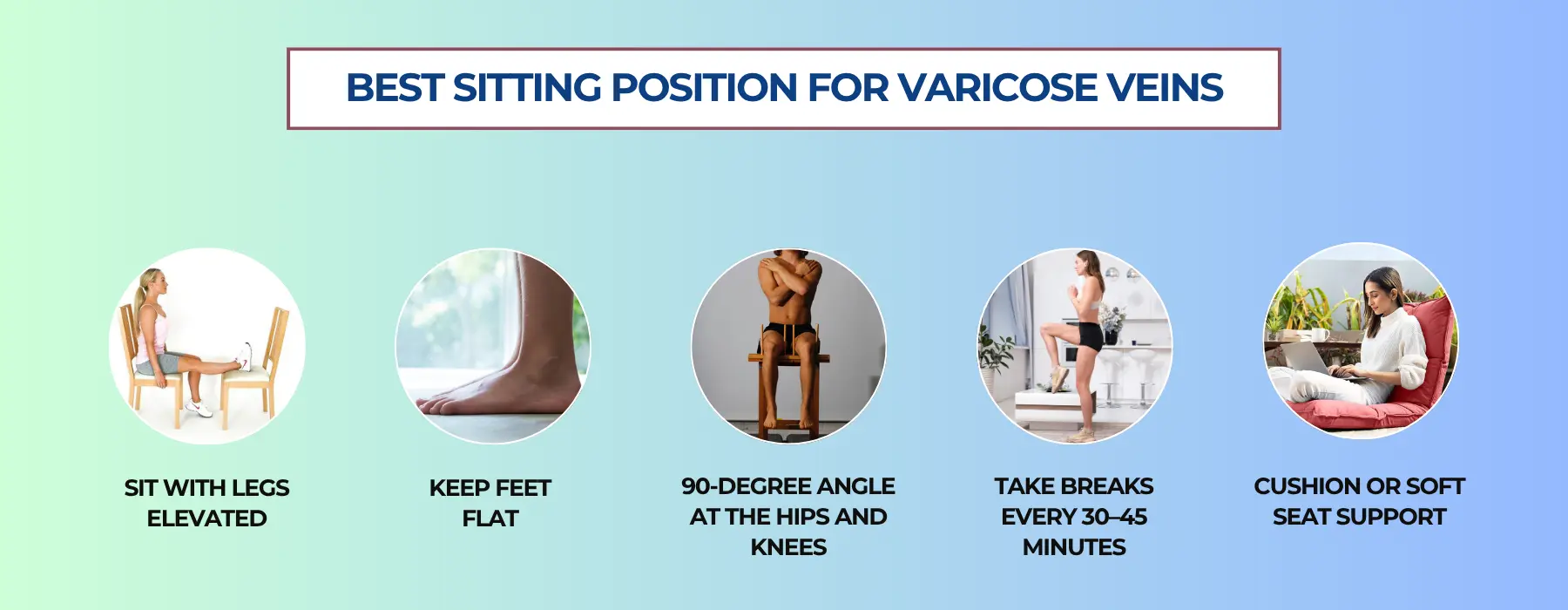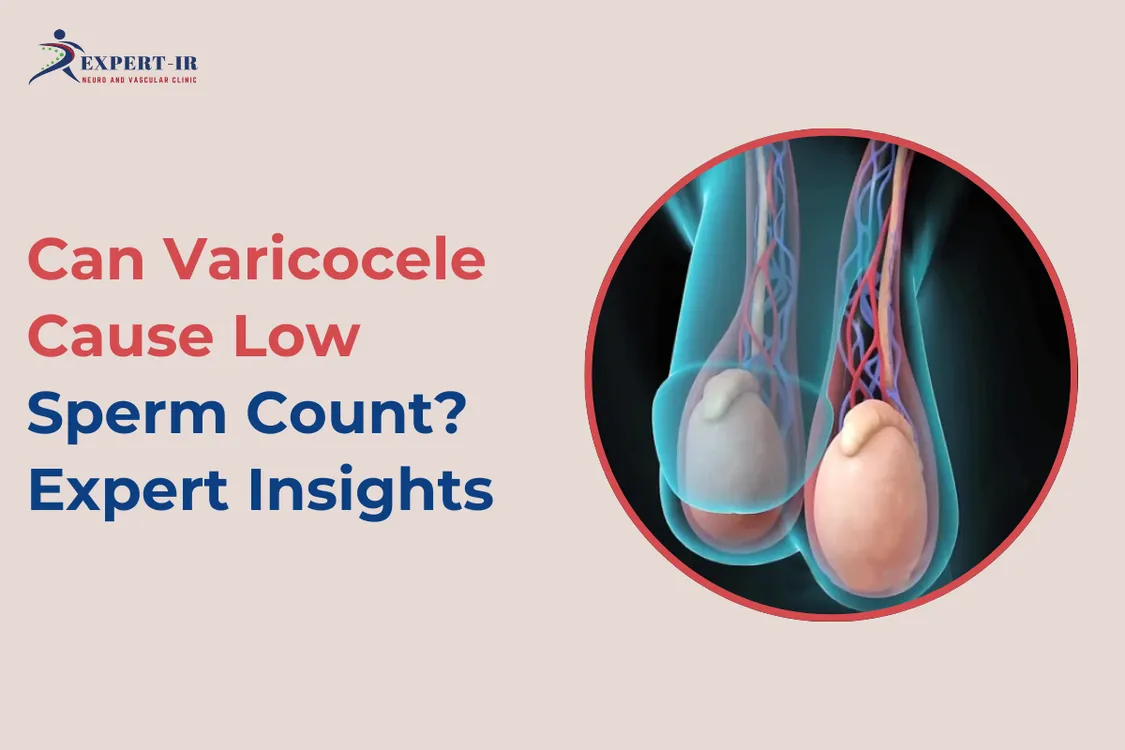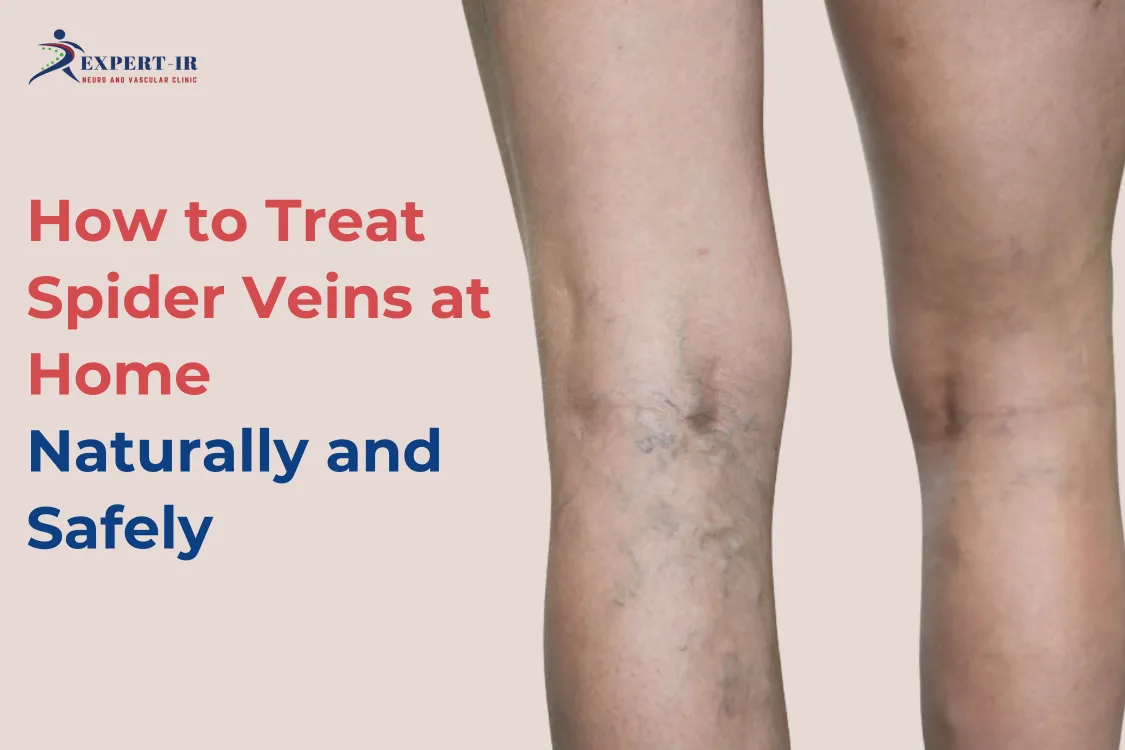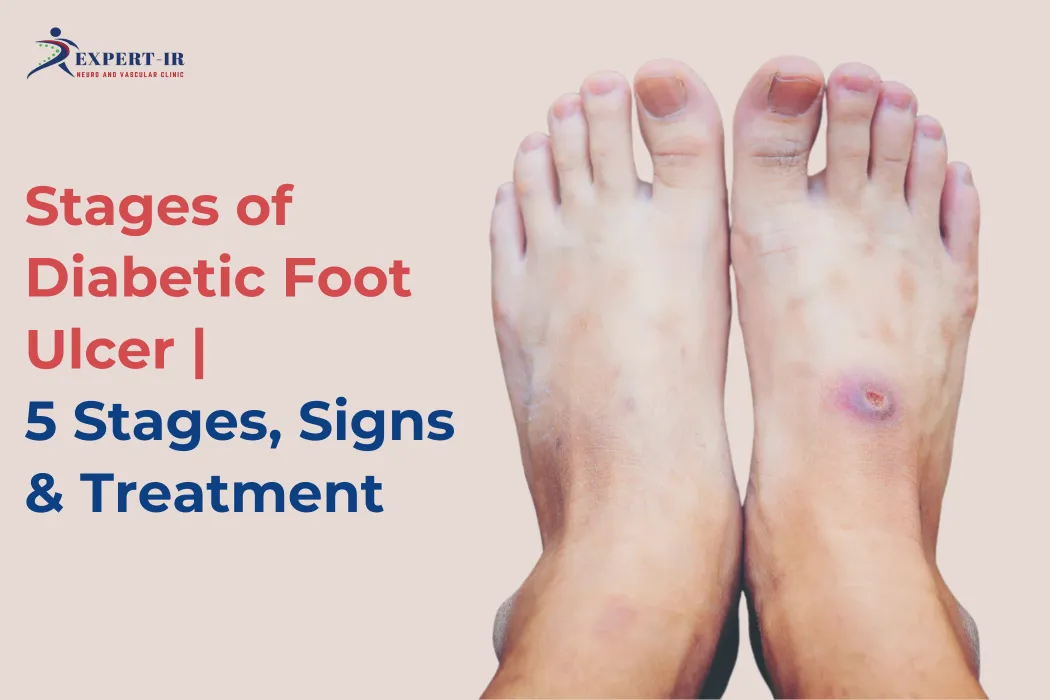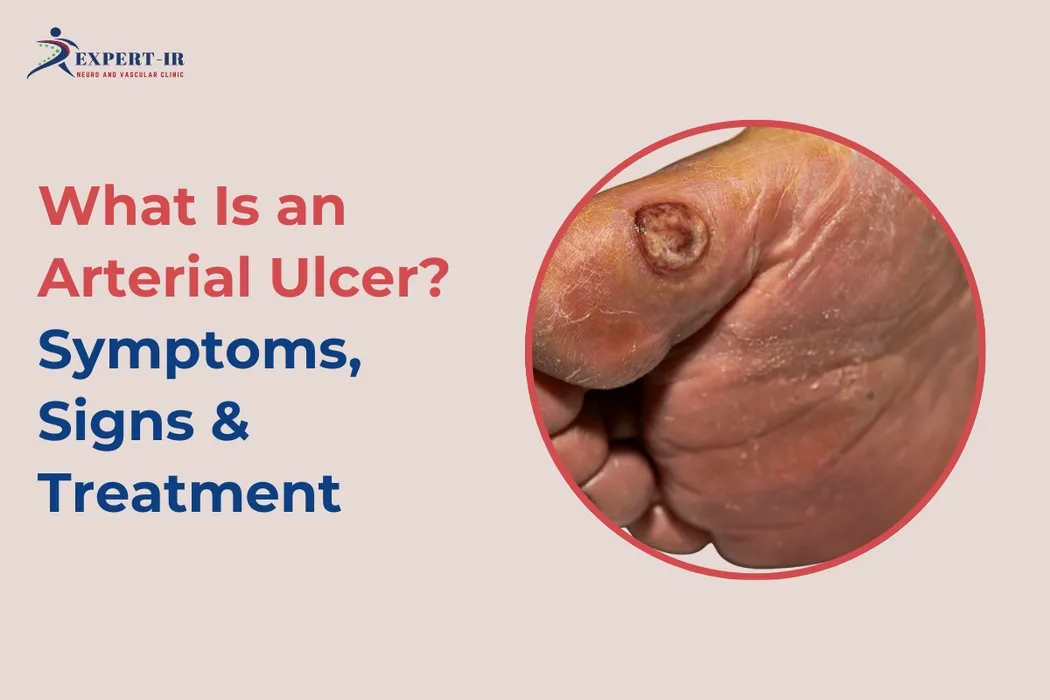Finding the best sitting position for varicose veins is not just about comfort — it’s about protecting your vascular health. Proper leg elevation, posture correction, and frequent movement can prevent vein strain and improve daily comfort.
However, if your symptoms persist or worsen, don’t ignore them. Consult Dr. Santosh Patil – Best Vascular Surgeon in Pune, for a thorough evaluation and tailored treatment plan that ensures lasting relief.
Taking care of your veins starts with how you sit today — make the change, and your legs will thank you tomorrow.
